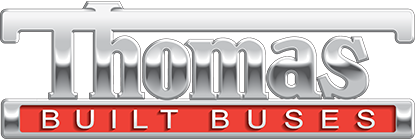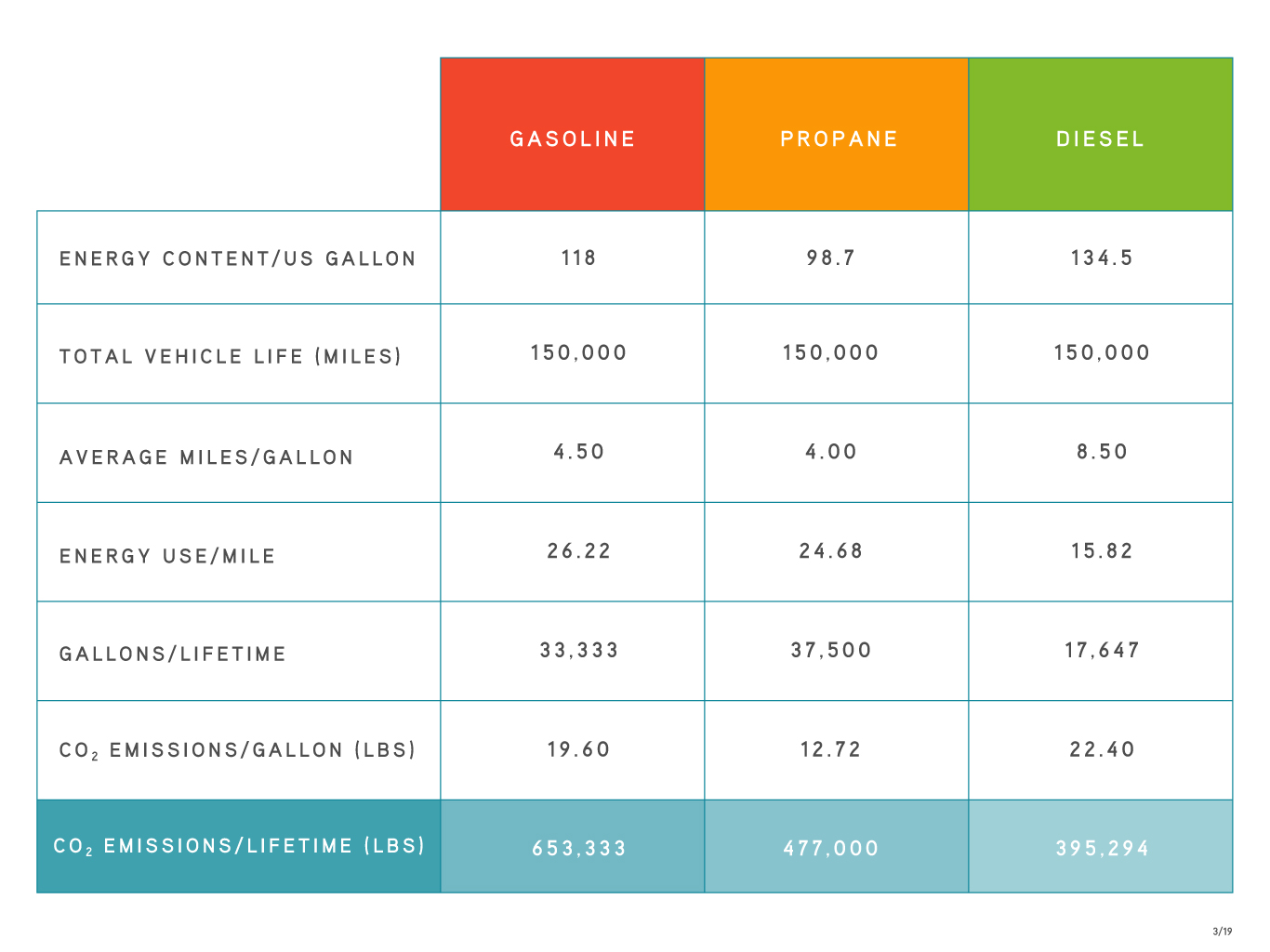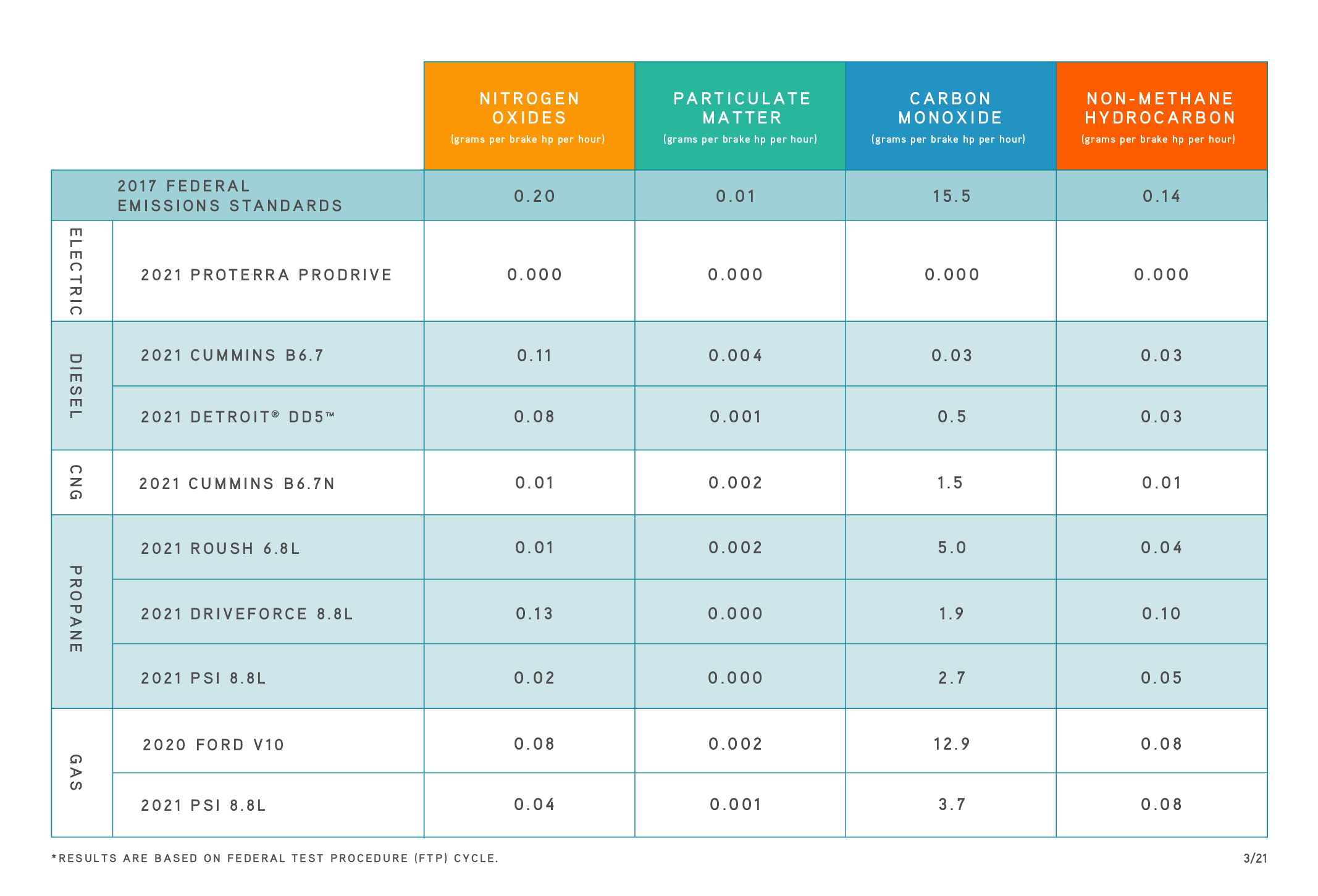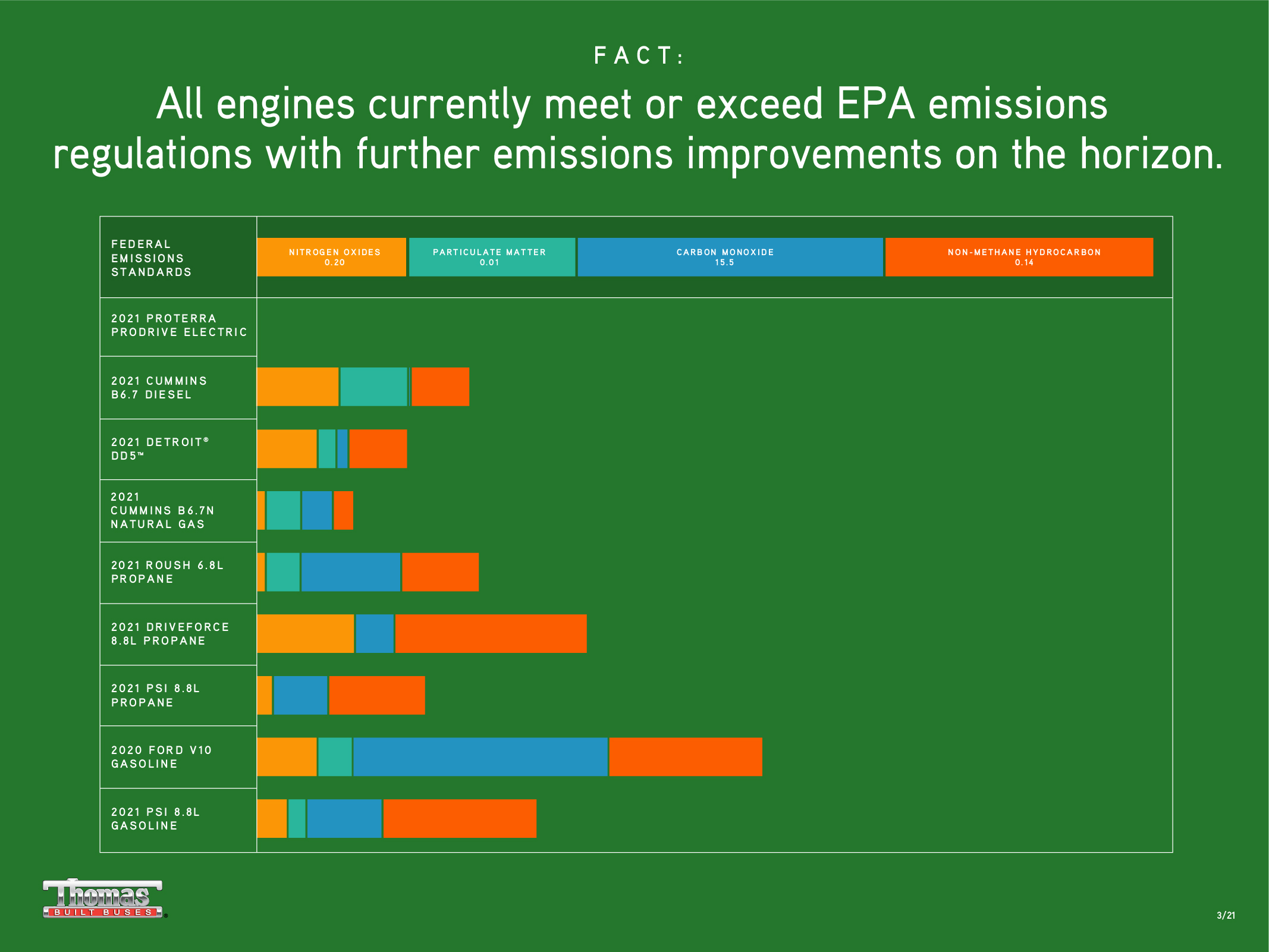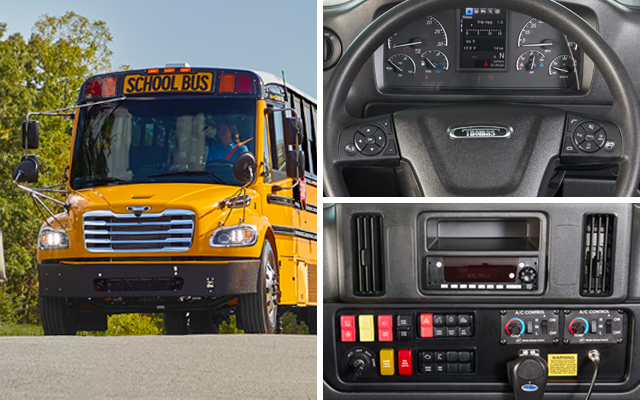
Upgrading the C2’s User-Experience for a New Era of Drivers
Student safety is in the hands of school bus drivers. The more comfortable and confident drivers feel, the more safely they drive.
For the last 20 years, Thomas Built Buses has supplied the industry with advanced electronics engineered with safety prioritized in every detail. Our Saf-T-Liner® C2 was designed…
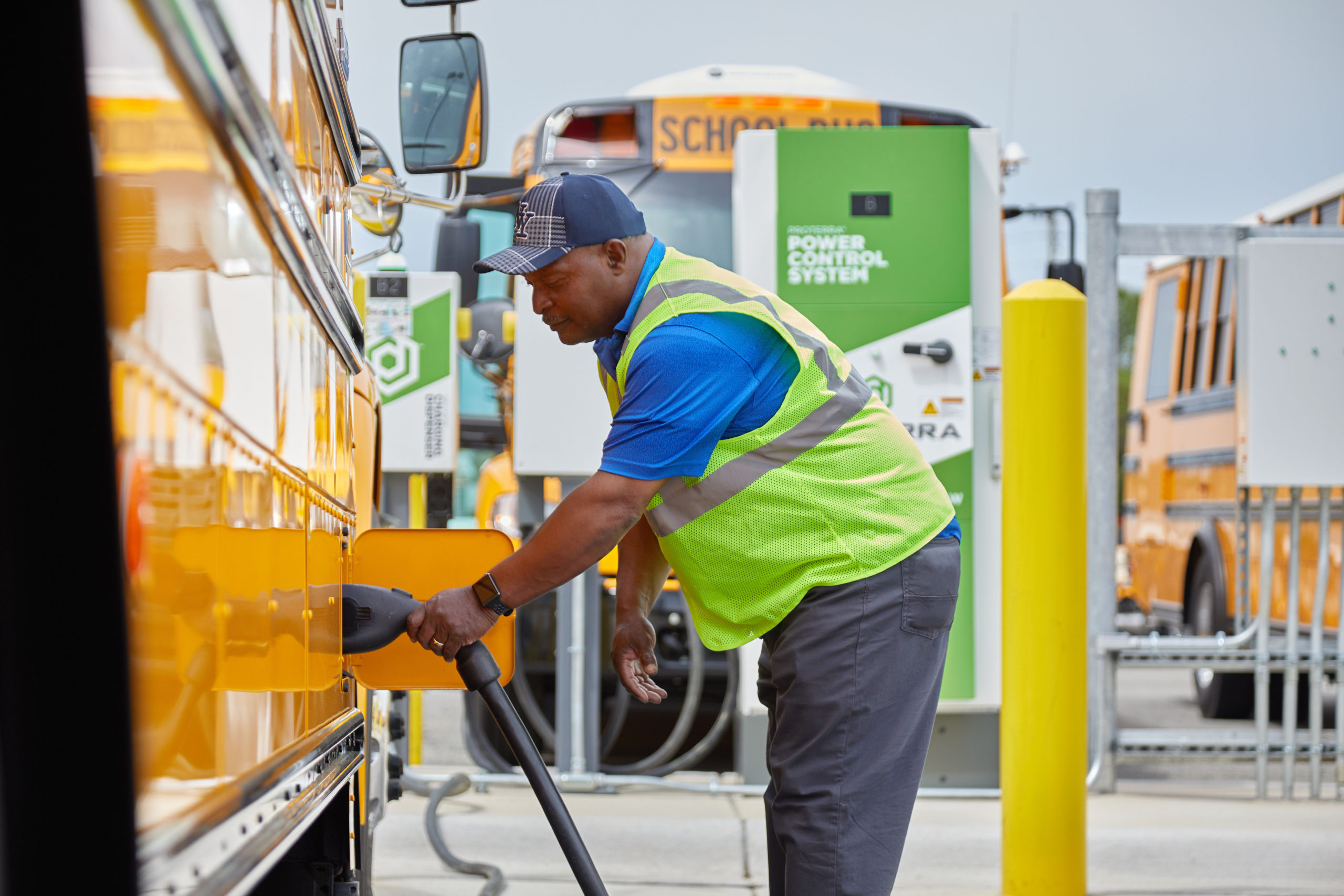
As electric school buses continue to gain momentum across the U.S. through federal incentives like the EPA’s Clean School Bus Program, school districts are looking for help in transitioning their traditional bus fleets to electric, including building out electric vehicle (EV) infrastructure.
Building and implementing charging infrastructure can be a daunting task, with challenges…

From Kendra Eads, VP of Engineering and Technology at Thomas Built Buses
As we gear up for the back-to-school season, it’s important to recognize the significant advancements in school bus technology that enhance the safety and well-being of our students during their daily journeys.
At Thomas Built Buses, our commitment to safety is evident in our mission and…
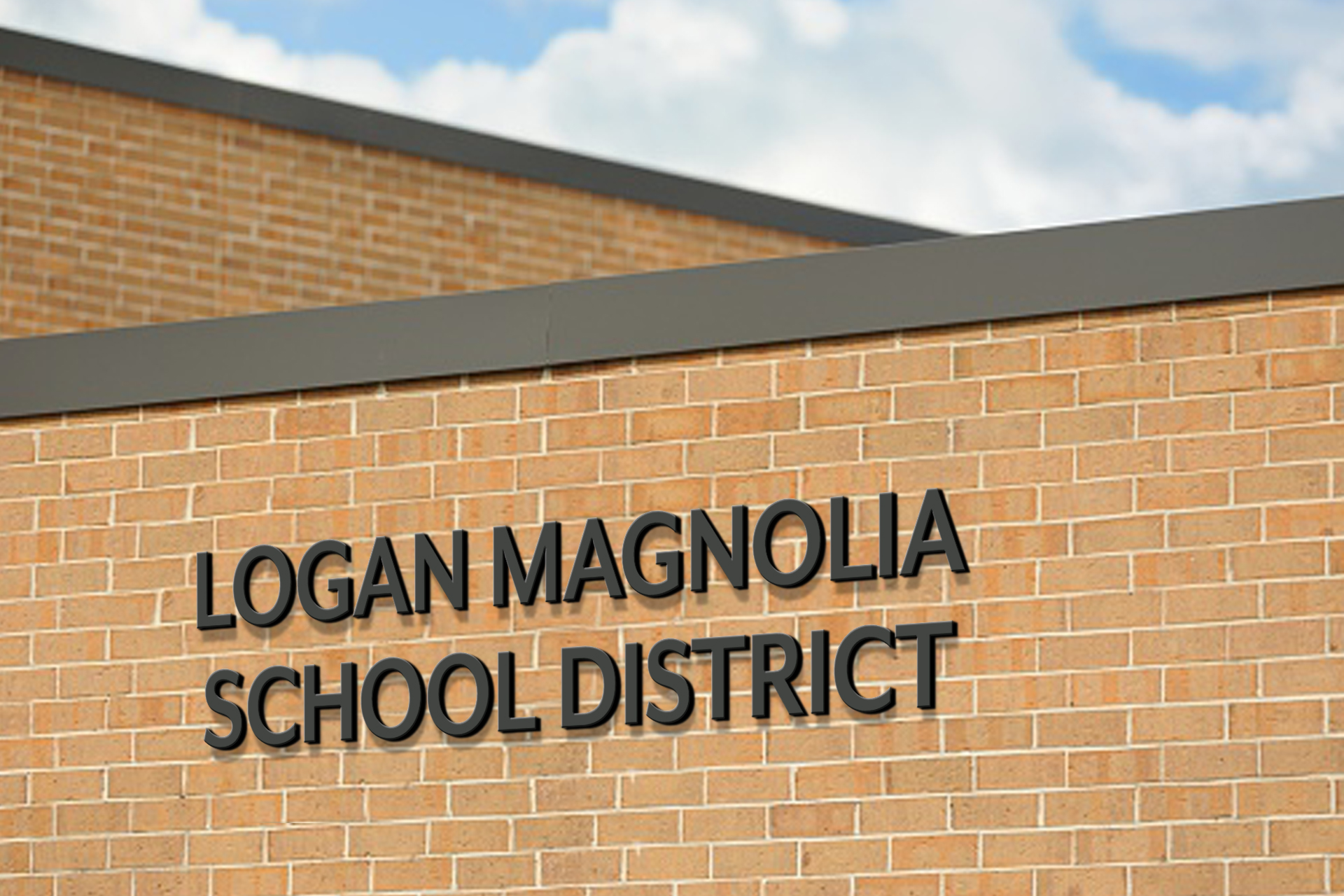
(Em)Powering a Greener Future: Logan-Magnolia Community Schools' Journey with Electric School Bus Infrastructure Consulting
In today’s educational landscape, schools across the country are making strides towards embracing sustainable solutions.
A prime example of this is unfolding at Logan-Magnolia Community Schools in Iowa, under the leadership of Kurtis Hinkel, the grounds and transportation director.
Fueled by the vision of transitioning their fleet to electric, the school district recently…
Fact: Clean-diesel school buses are just as clean as, if not cleaner than, other fuel types based on EPA-regulated emissions, all while remaining powerful, reliable and highly efficient.
But just meeting standards isn’t good enough. You hear all the chatter about NOx levels and choosing a fuel type based on low NOx. The reality is that all fuel types (including gasoline and diesel) fall well below the EPA standard. But what about other emissions?
NOx contributes to smog and acid rain. On the other hand, CO2 levels, which contributes to global warming, are often ignored. Gasoline buses produce 66 percent more greenhouse gases compared to diesel, and 500,000 pounds of CO2 over the lifetime of the vehicle.
All engine manufacturers must share the EPA emissions ratings for their engines based on Federal Test Procedure (FTP) cycles. A deeper dive in the publicly shared emissions rating data reveals the true picture for all fuel types. While all fuels are clean, diesel comes out as the clear winner.
This is good news for school districts who are seeking cleaner fuels for their aging school bus fleet. Over the years, school bus engine manufacturers have been refining engine technology to meet increasingly lower EPA emissions standards. With new engine innovations and cleaner fuel overall, switching to buses with newer clean-diesel engines is now a better option for most fleets than switching to buses with gasoline or alternative-fuel engines.
“When you want to determine how green an engine is, the best way to gauge its cleanliness is by looking at the data. The proof is in the numbers” said Caley Edgerly, president and CEO of Thomas Built Buses, the leading manufacturer of school buses in North America. “But EPA ratings don’t tell the whole story. Carbon dioxide, a gas that is not regulated by the EPA is a greenhouse gas that contributes to global warming. If I want to leave the best planet possible for my grandchildren, I need to look beyond EPA ratings. Diesel is not only comparable to or cleaner than other fuels, it provides half of the CO2 emissions of gasoline. I choose diesel.”
